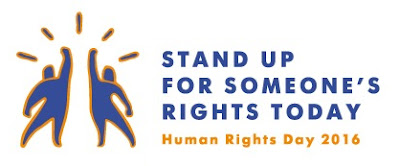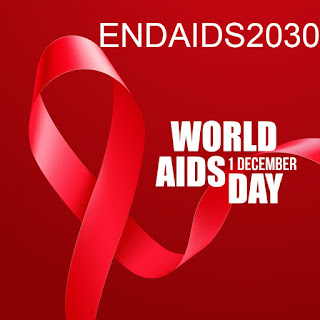Human Rights Day 2016, 10 December : “Stand up for someone's rights today!” Supported by Super Professeur’s Team, Ronald Tintin, Ronning Against Cancer

Human Rights Day 2016, 10 December : “ Stand up for someone's rights today!” Save the date and join us “ Human Rights Day 10 December 2016 ” Supported by Super Professeur ’s Team, Ronald Tintin , Mobile Super Professeur , Marina Nival and Ronning Against Cancer . History of Human Rights Day Human Rights Day is observed every year on 10 December. It commemorates the day on which, in 1948, the United Nations General Assembly adopted the Universal Declaration of Human Rights. In 1950, the Assembly passed resolution 423 (V), inviting all States and interested organizations to observe 10 December of each year as Human Rights Day. “Where, after all, do universal human rights begin? In small places, close to home - so close and so small that they cannot be seen on any maps of the world. Unless these rights have meaning there, they have little meaning anywhere. Without concerted citizen action to uphold them close to home, we shall look in vain for progress i
